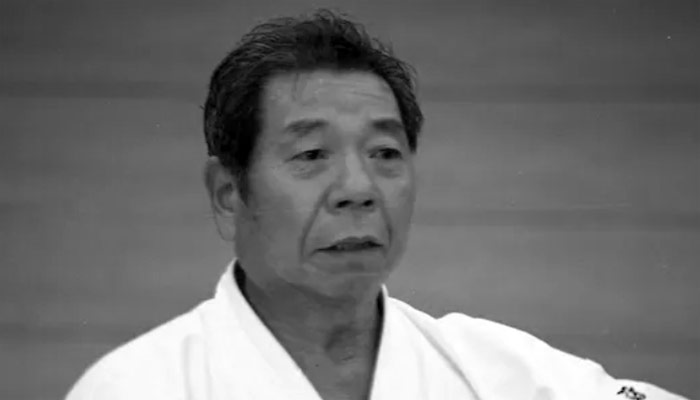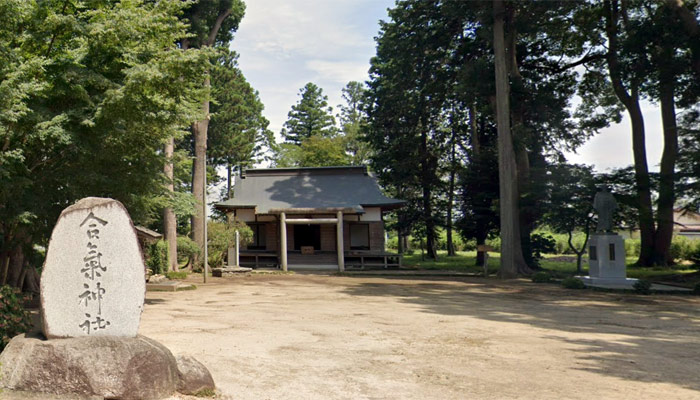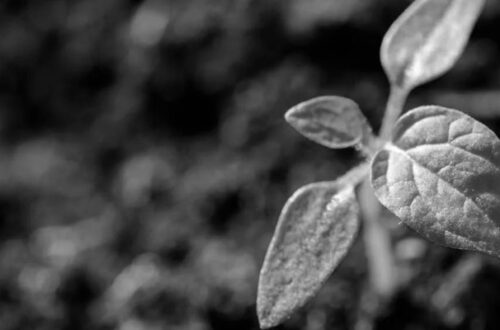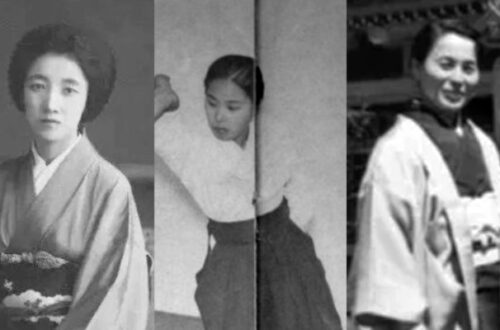
Morihiro Saito: Guardian of Ueshiba’s Teachings
Morihiro Saito 斉藤 守弘, a prominent figure in the world of Aikido, was born on March 31, 1928, in Ibaraki Prefecture 茨城県, Japan. He dedicated his life to the study and practice of Aikido, becoming one of the most influential sensei in Aikido history. Saito’s contributions to the art, particularly in preserving the teachings of the founder, Morihei Ueshiba, have left a lasting impact on Aikido practitioners worldwide.
Just like many other youngsters, Saito used to admire the great Japanese swordsmen and studied kendo in school. However, weapons were banned following the end of WWII. He then learned Karate and Judo, thinking he would have nothing to fear if he knew both hand-to-hand arts. Saito’s journey in Aikido didn’t begin until 1946 when he relocated to Iwama 岩間 due to his job and later learned about an old man, Morihei Ueshiba, who was practicing strange techniques up on the mountain. He visited Ueshiba’s dojo and was greatly impressed by his techniques. Ueshiba asked Saito to strike, kick, and grap him, but each time Saito ended up being thrown. Ueshiba seemed to like Saito and invited him to come and train if he liked, promising to teach him how to serve society and people with Aikido.
Saito was known for his unwavering dedication and tireless efforts in training. He immersed himself in a rigorous training regimen, following a strict daily routine of practicing techniques, weapons training, and spiritual development. Despite the demanding nature of the training in Iwama Dojo, Saito showed exceptional commitment, spending countless hours honing his skills and deepening his understanding of the art.

The Aikido book series authored by Morihiro Saito
During his years of training at the Iwama Dojo, Saito meticulously recorded Ueshiba’s teachings, capturing the essence of his techniques in great detail. This extensive documentation included written descriptions, photographs, and later, video recordings. One of Saito’s notable contributions to Aikido was the creation of the Aiki Ken 合気剣 and Aiki Jo 合気杖. However, Saito emphasized that all the techniques were taught by Ueshiba, and he merely documented and rearranged them in a systematic way, preserving exactly what Ueshiba had shown him. When Ueshiba taught ken and jo, there were no Suburi 素振り, Kumitachi 組太刀, Kumijo 組杖, 13 and 31 Kata 型, or even names for the movements. They were only later organized by Saito. Saito learned directly from Ueshiba for more than twenty years. While Ueshiba occasionally taught ken and jo outside of the Iwama Dojo, he did not allow anyone to teach them in the Homebu Dojo.

Saito and O Sensei practicing ken
Back then, training at the Iwama Dojo included a great deal of farm work. Ueshiba and Saito would often work together in the fields. Over the years, Saito developed a close relationship with Ueshiba and his family. He assisted Ueshiba in various tasks and accompanied him on travels, gaining invaluable insights into the founder’s life, teachings, and philosophy.

Aiki Jinja 合気神社
After the passing of Ueshiba in 1969, Saito Sensei assumed the responsibility of caretaking the Iwama Dojo and the Aiki Jinja (Shrine) 合気神社. He continued to instruct at the Iwama Dojo and traveled extensively, conducting seminars across Japan and internationally. His style of Aikido would later be widely known as Iwama Ryu Aikido. The impact of Saito’s work on Aikido cannot be overstated. His commitment to preserving Ueshiba’s legacy and his meticulous documentation of techniques ensured that the essence of Aikido would be accessible to future generations. He received numerous awards and accolades throughout his lifetime and was awarded the title of 9th Dan, the highest rank in Aikido, by the Aikikai Foundation.
Sadly, Morihiro Saito passed away on May 13, 2002, leaving behind a profound legacy in the world of Aikido.
Author’s Note: We appreciate your readership! This article serves as a preliminary introduction to the subject matter. While we aim for accuracy, we cannot guarantee the content’s precision and it may contain elements of speculation. We strongly advise you to pursue additional research if this topic piques your interest. Begin your AikidoDiscovery adventure! 🙂




